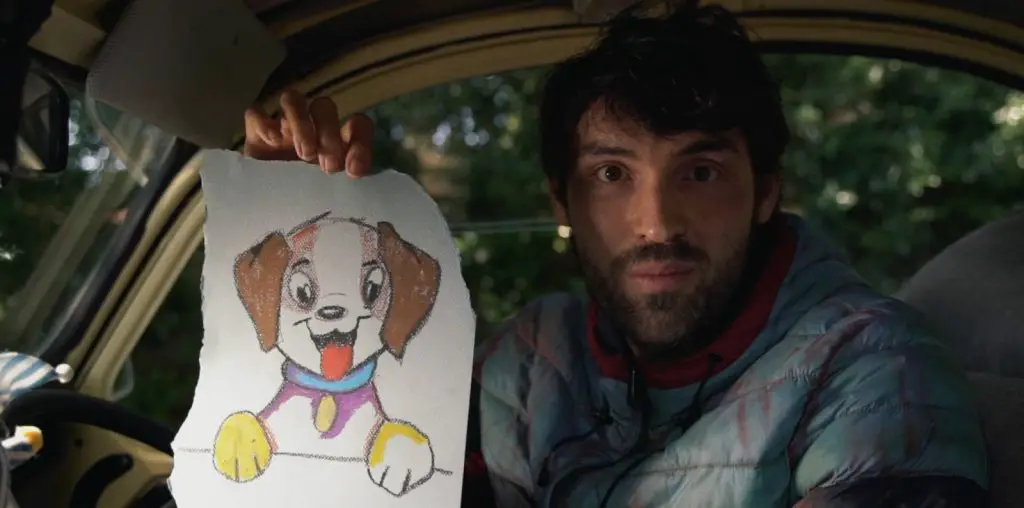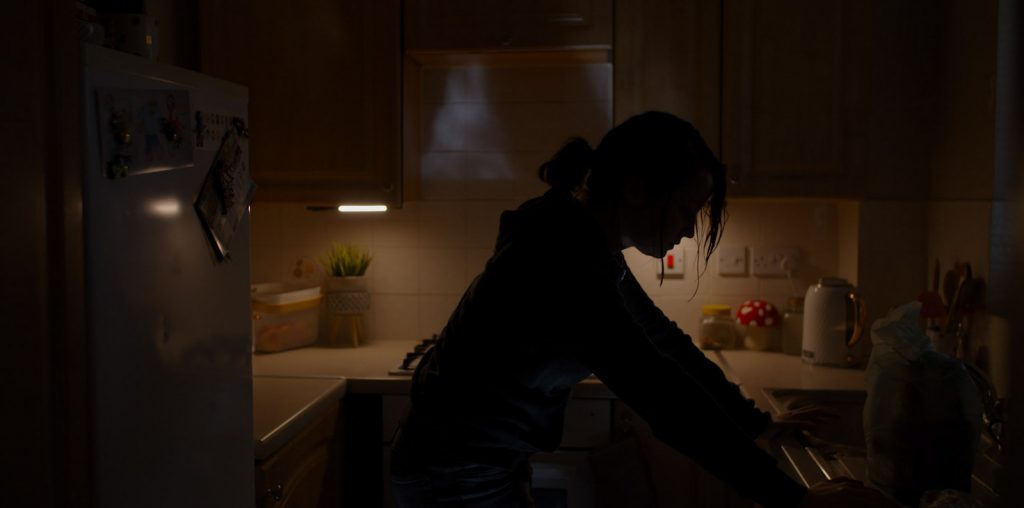
In just the first five minutes of the compelling documentary “Last Dance” I realized something rather strange about myself. I realized I had trouble treating seriously a quirky ensemble of dedicated artistic-types immersed in the mires of their art form. I’ve nothing against quirky artistic-types, mind you, it’s just that maybe I’ve seen way too many mockumentaries lately (“Waiting for Guffman”, “A Mighty Wind”, etc.) for my own good. Christopher Guest and company, the masterminds behind such brilliant send-ups, have apparently ruined me from taking, well pretty much anything too seriously anymore. And really, is that such a bad thing? Well, in the case of an irony-free, improbably sincere look at the artistic process like “Last Dance”, the answer is clear.
“Last Dance” chronicles an intriguing meeting of disparate, artistic minds for the sake of creating something truly unique. The Pilobolus Dance Theater, consisting of three directors (Robby Barnett, Michael Tracy, and Jonathan Wolken) and six members, is a Connecticut-based abstract dance troupe of some renown. The three directors of Pilobolus decide early on that this year’s production will involve the risky collaboration of one Maurice Sendak, best known as the writer and illustrator of such dark children’s fantasies as Where the Wild Things Are and In the Night Kitchen. When the three directors and Sendak first meet, they have absolutely no idea what they will produce. Indeed Sendak knows next to nothing about the world of interpretive dance before taking on Pilobolus. The idea was to essentially make it up as they went along. This creative improvisation takes place in the dance studio, where the remarkably talented dancers do their thing while Sendak begins to realize characters and stories. Before long, individualities begin to emerge and the narrative takes shape.
This unique creative process is truly fascinating, though not without its dead ends. Like the best moments of reality TV, Sendak and one of the directors (Jonathan Wolken) continuously bump heads over the direction of their production. Sendak, as a purveyor of psychologically dark landscapes, wants the work to take on a tragic dimension and “draw blood”. His background as a first generation American Jew compels him to set his story amidst the nightmare of the Holocaust. Wolken, however, is not particularly interested in taking on such serious subject matter and is worried about keeping things interesting. The two men, both stubborn visionaries, eventually do see eye to eye, sort of, and “A Selection” is born.
This film really grows on you. I’ll admit: I’ve never had much exposure to, or interest in, the world of interpretive dance. While I’m not necessarily a convert, I am grateful for at least the brief exposure to this stunning form of art. It’s hard not to marvel at the sheer grace and power of these dancers. They are called upon to not only meet the rigorous physical demands of their “dance”, but to also convey emotional depth and significance through their movements alone. When they began this project, the filmmakers obviously had no idea how it would turn out. Remarkably, the finished product, as shown in the last segment of the film, is an impressionistically coherent and emotionally devastating work. Much like the production it records, “Last Dance” is ultimately not about just a group of dancers. It is a about a family, however dysfunctional.

